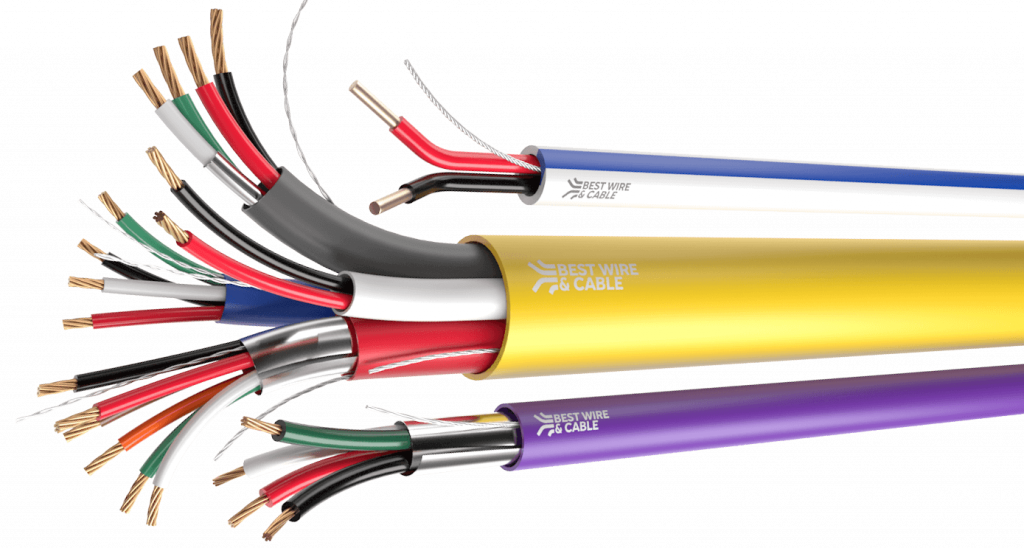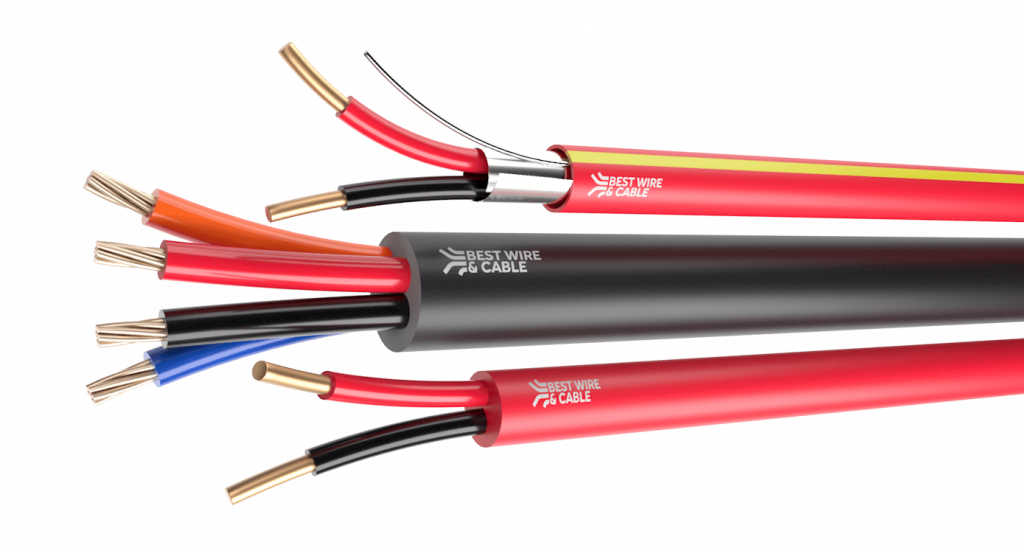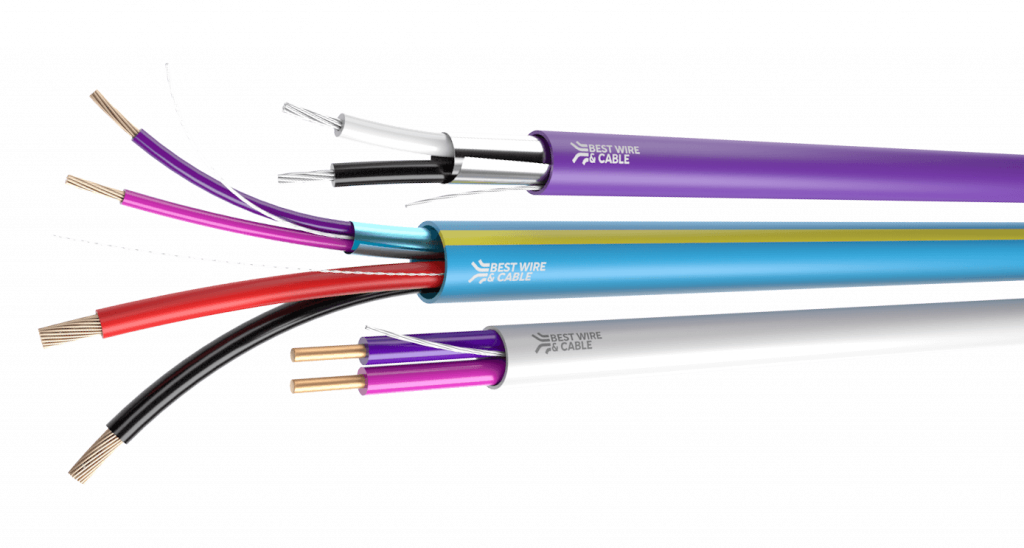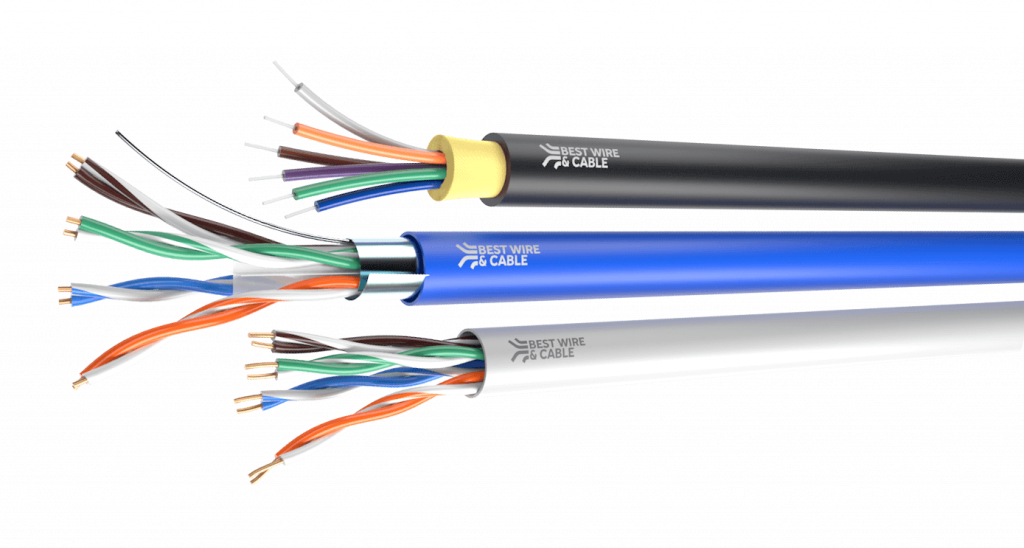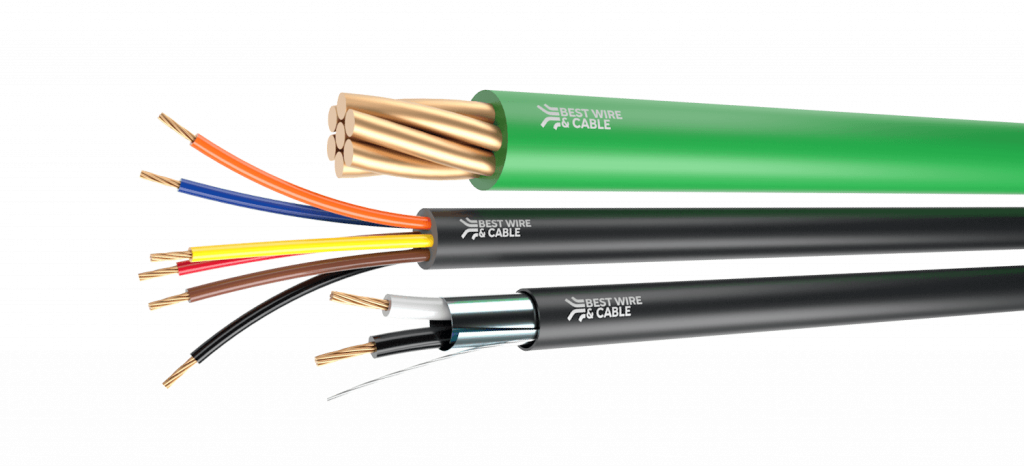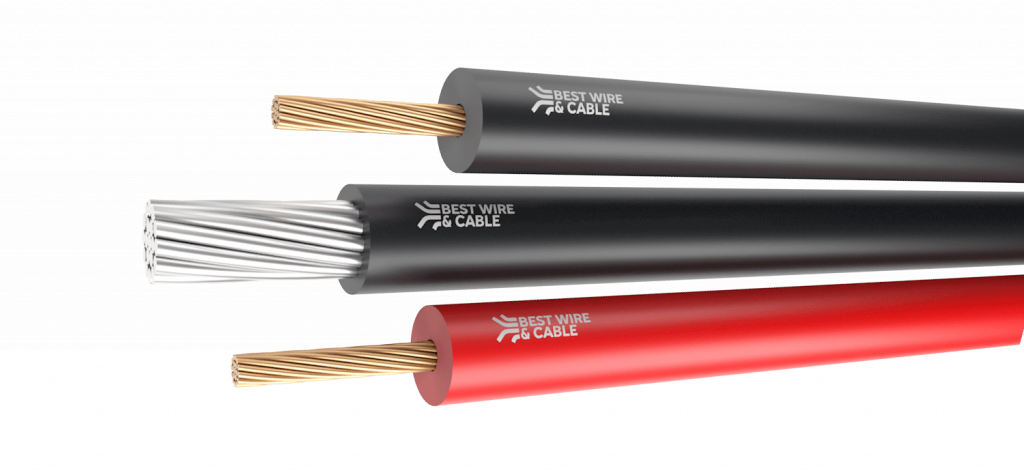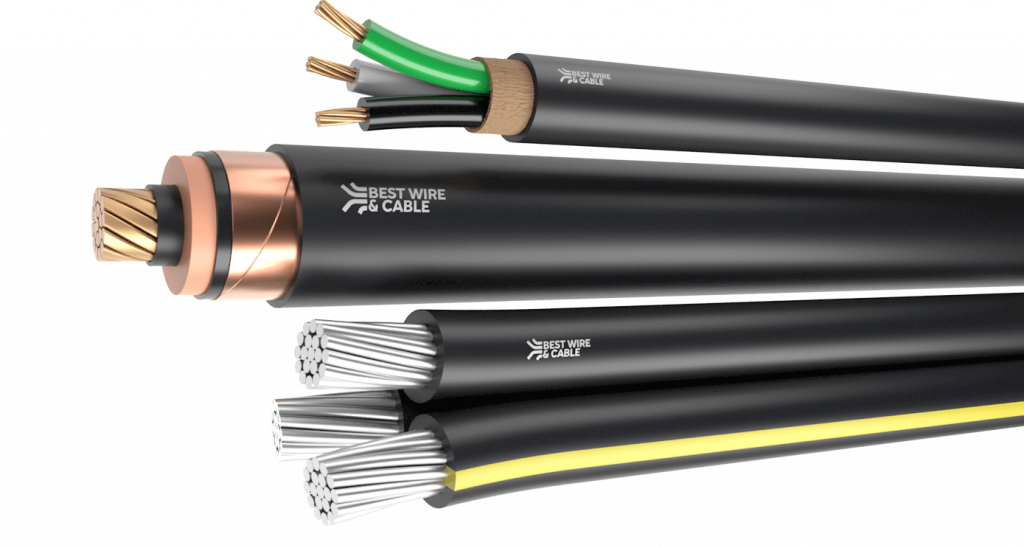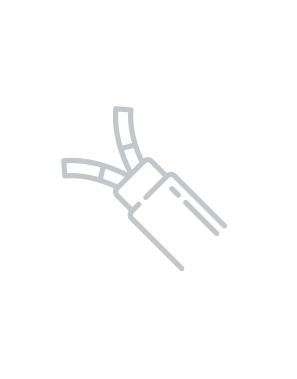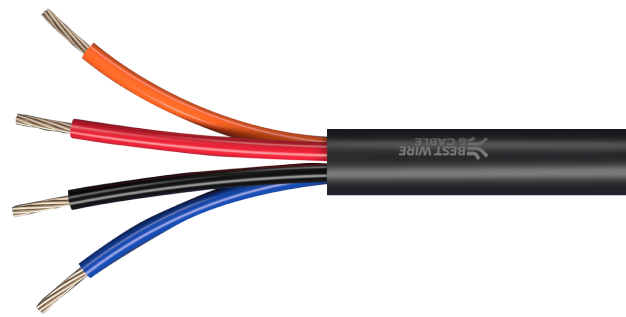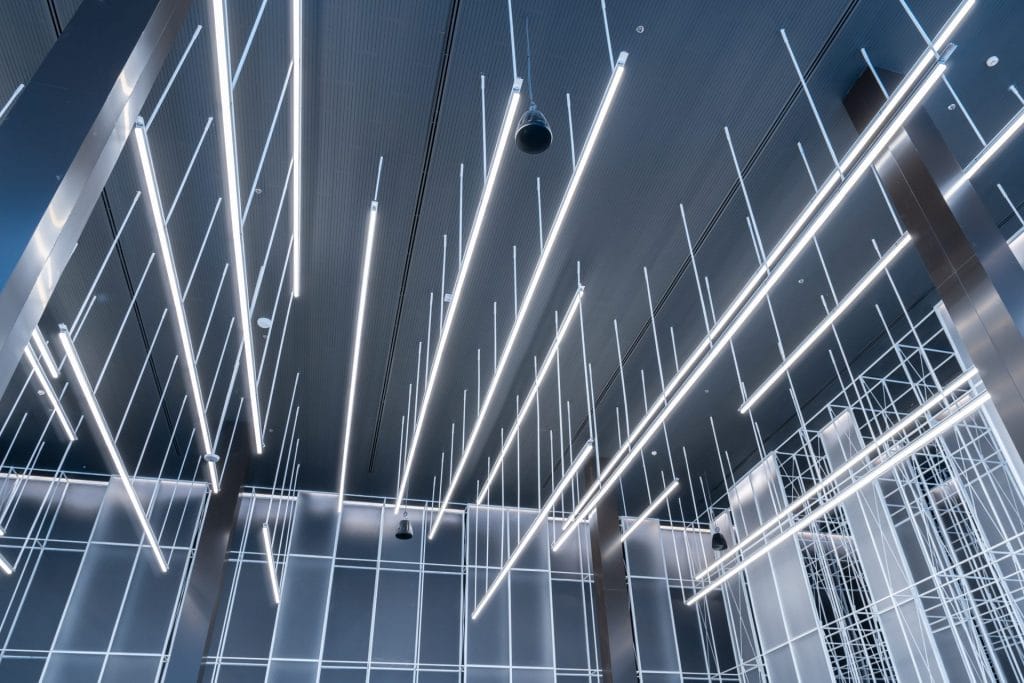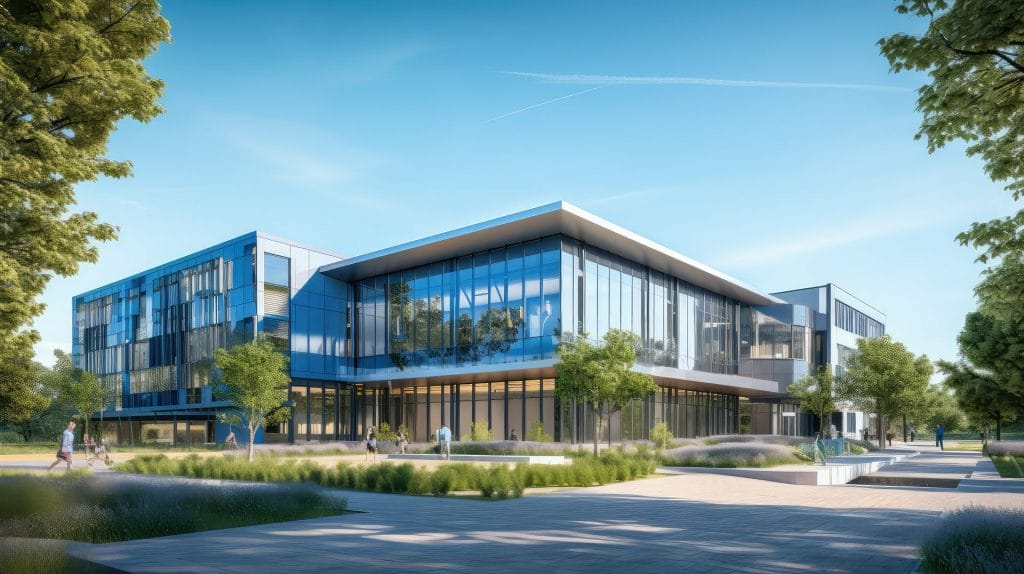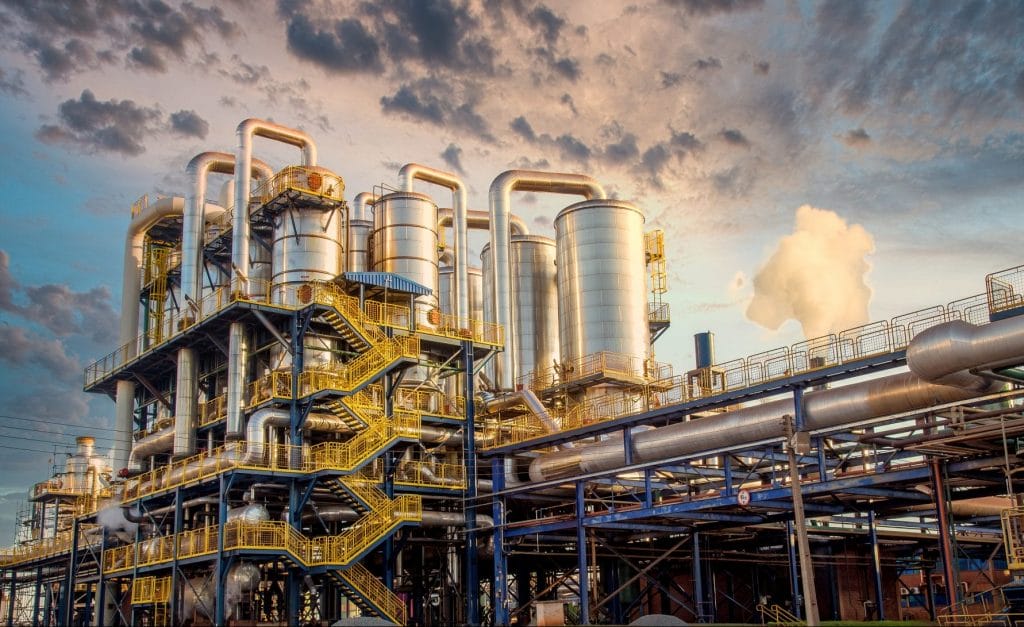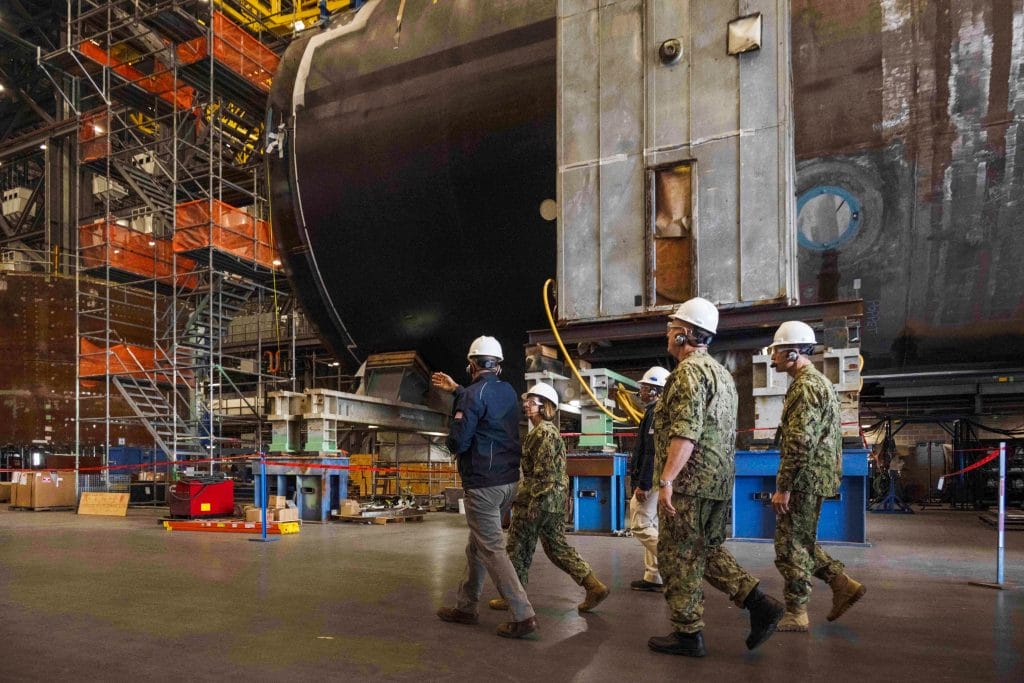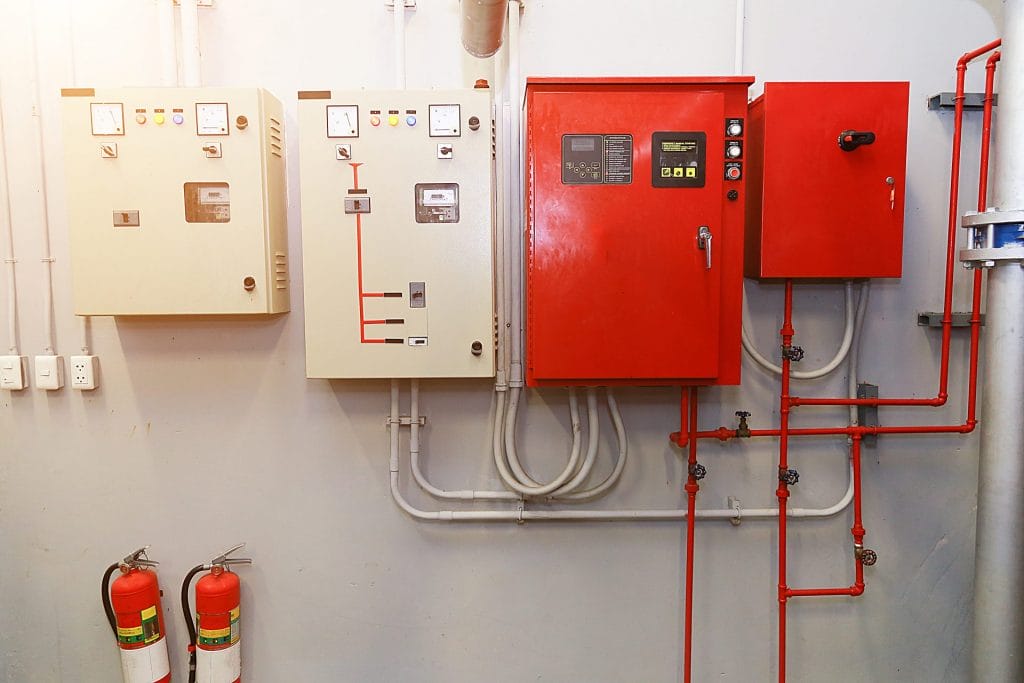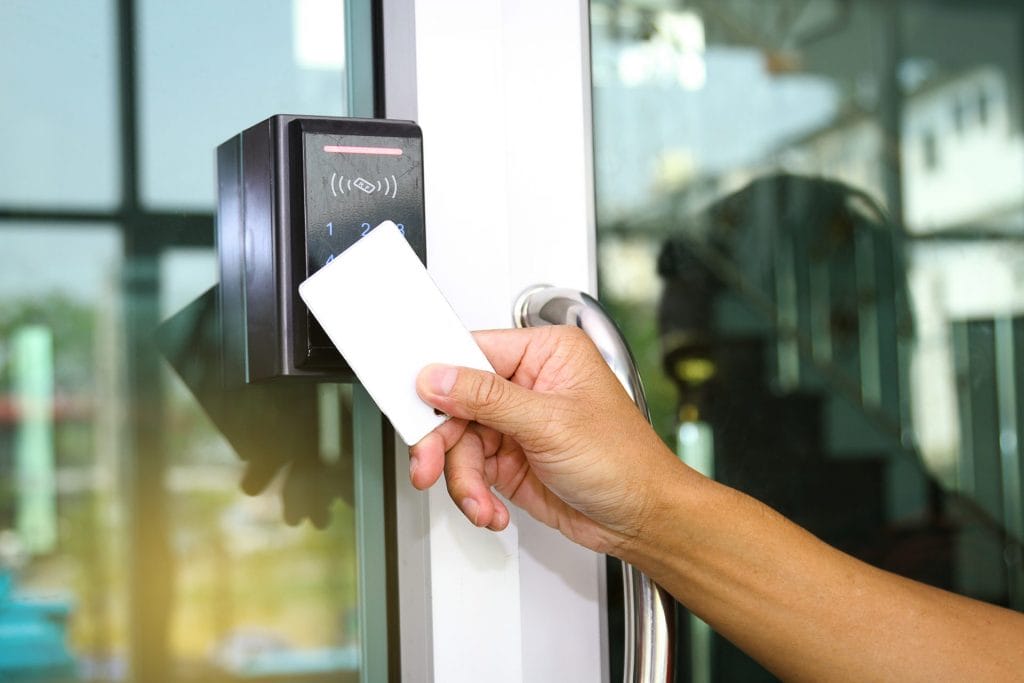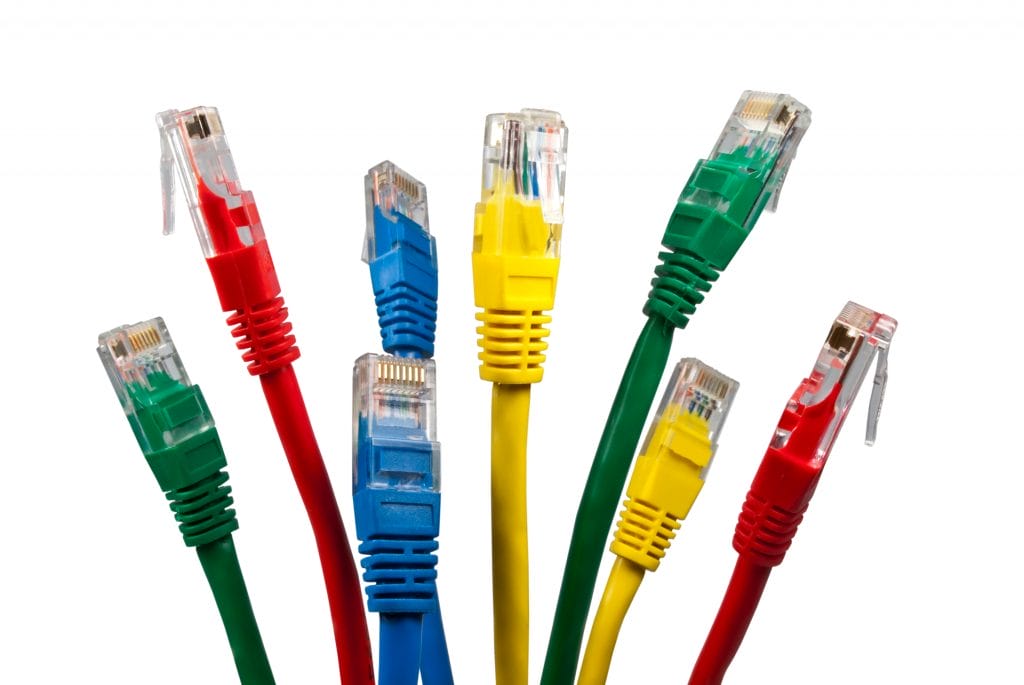Building Infrastructure: The Debate Between CI Cables and Pathways
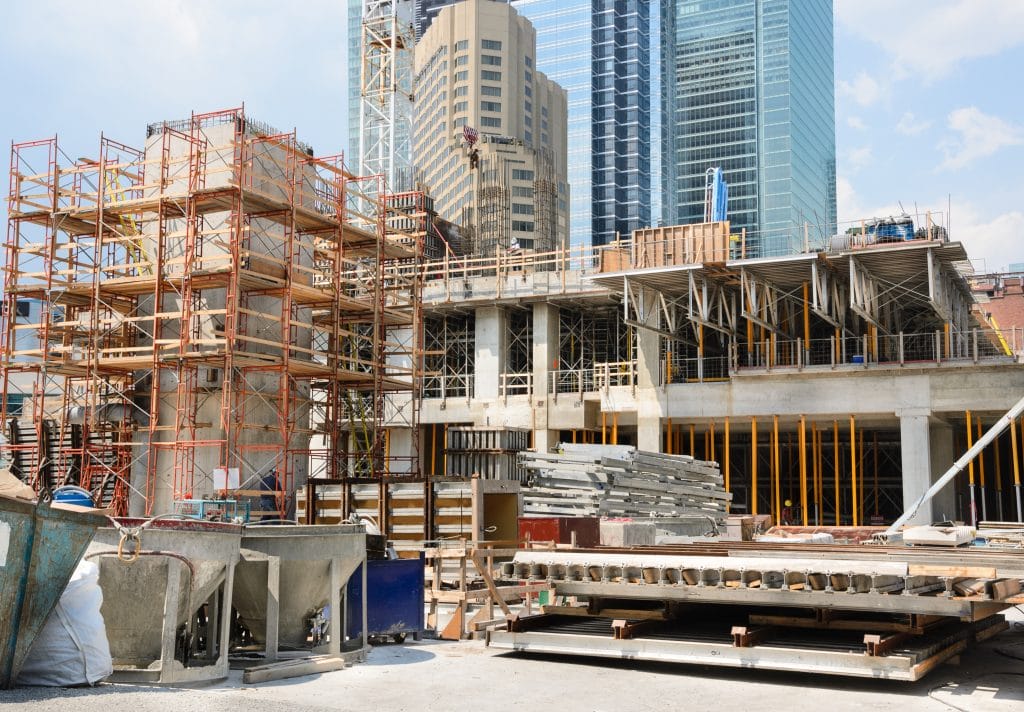
When it comes to fire safety systems in high-rise buildings, the choice between using 2 HR rated CI (Circuit Integrity) cable versus building a 2 HR rated pathway can be a difficult one. Both options have their benefits and drawbacks, and it’s important to weigh the cost/benefit analysis before making a decision.
CI cable is designed to maintain circuit integrity during a fire, ensuring that critical fire safety systems such as fire alarms, sprinklers, and emergency lighting continue to function even in the event of a fire. This can be crucial in high-rise buildings, where evacuation can be difficult and timely response is critical to saving lives. In comparison, a 2 HR rated pathway is designed to provide a protected path for cables to run through, which can help prevent the spread of fire and smoke.
One of the main factors to consider in the cost/benefit analysis is the cost of materials and labor. CI cable is typically more expensive than traditional cable, and installing it can require specialized equipment and expertise. However, using CI cable can potentially reduce the overall cost of the fire safety system by eliminating the need for additional fire barriers or fire-rated walls. Additionally, building a 2 HR rated pathway can be expensive, requiring significant construction work and additional materials such as fire-rated walls and doors.
Another factor to consider is maintenance requirements. CI cable typically requires less maintenance than a 2 HR rated pathway, as it does not require periodic inspections or maintenance to ensure its integrity. This can save both time and money over the life of the system. However, it is important to ensure that CI cable is properly installed and maintained to ensure its continued performance during a fire.
Safety considerations are also important to take into account. Using CI cable can potentially provide greater protection for critical fire safety systems, as it ensures that they will continue to function during a fire. However, it is important to ensure that the CI cable is rated for the specific application and meets all relevant codes and standards. Building a 2 HR rated pathway can also provide additional protection against the spread of fire and smoke, potentially giving occupants more time to evacuate the building.
Ultimately, the decision to use 2 HR rated CI cable versus building a 2 HR rated pathway should be based on a comprehensive cost/benefit analysis that considers all relevant factors. It is important to work with qualified professionals, such as fire protection engineers, to ensure that the fire safety system is designed and installed in compliance with all applicable codes and standards and meets the specific needs of the project.
In conclusion, the choice between using 2 HR rated CI cable versus building a 2 HR rated pathway in a high-rise project requires careful consideration of the cost, maintenance requirements, and safety implications. Both options have their benefits and drawbacks, and it is important to weigh these factors before making a decision. By working with qualified professionals and ensuring compliance with all applicable codes and standards, building owners and developers can ensure that their fire safety systems are designed and installed to provide the best protection possible for building occupants.
View BWC’s 2 HR Rated/CI Products
